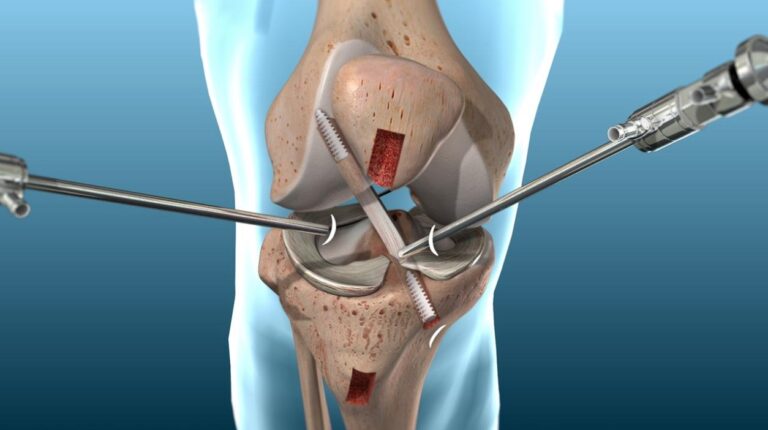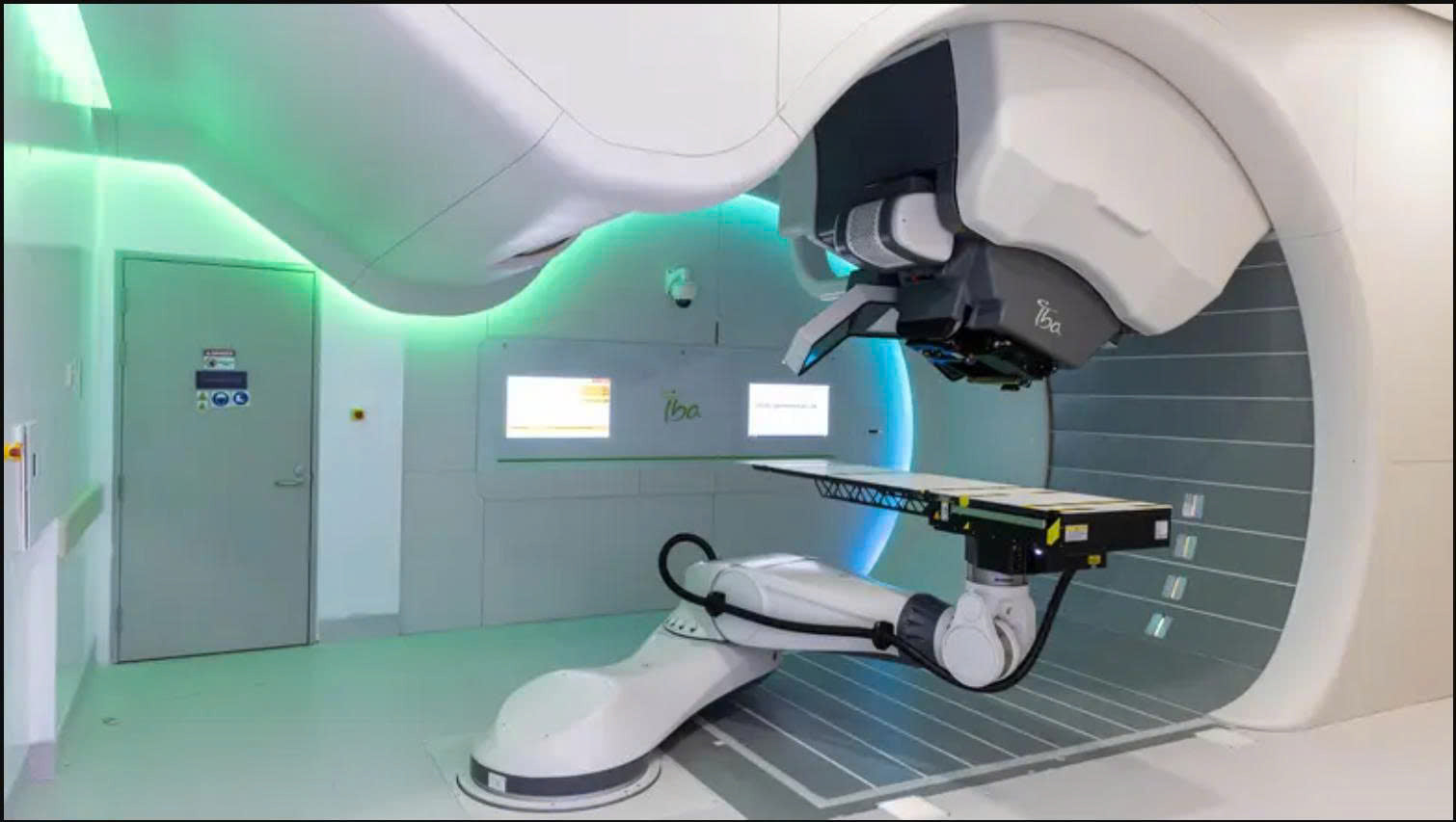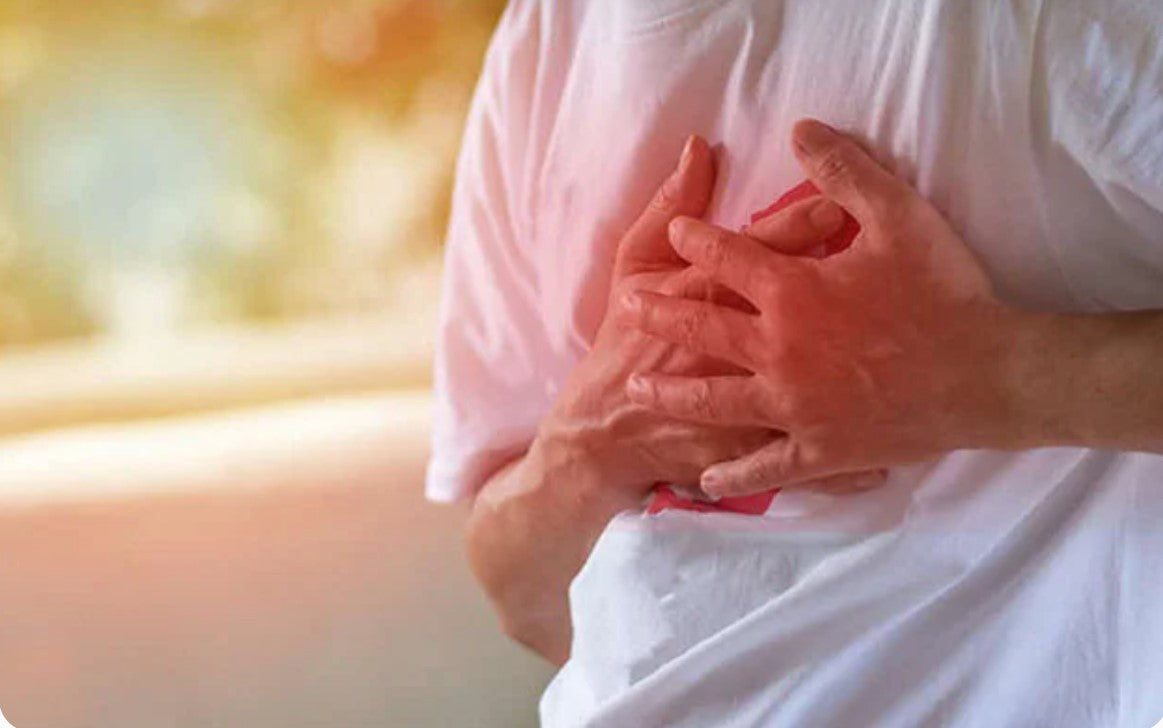What is anterior cruciate ligament reconstruction (ACL Reconstruction)?

Knee joint
The knee is a complex joint that connects the thigh and lower leg. The joints and ligaments of the knee allow for flexion, extension, and in some positions, internal and external rotation. It is a common site for sprains and dislocations.
Anterior cruciate ligament (ACL) injury
The anterior cruciate ligament (ACL) is often injured in sports like football or skiing. A twist, direct impact, or fall can easily tear the ligament.
This injury causes pain and swelling, along with instability of the knee joint. You may feel the knee “dropping” or giving out when you try to turn the direction of motion.
Treatment of instability and ligament reconstruction reduces the risk of future osteoarthritis.

What is anterior cruciate ligament reconstruction surgery?
A surgeon can reconstruct a torn ACL by replacing the damaged tissue with healthy tissue (graft), usually taken from the area around the knee. This procedure is called ACL reconstruction.
Today, surgery is mostly done arthroscopically. Two or more small incisions are made around the knee. An arthroscope is inserted through the small incisions to look inside the joint. Specialized instruments are inserted to repair the damage.
Preparing for ACL reconstruction surgery
You will be admitted to the hospital 1 day before or on the day of surgery. If you have an underlying medical condition, you may need to be admitted earlier.
-
Physical assessment
The physical therapist will assess your knee mobility and muscle strength before surgery. -
No smoking
We recommend stopping smoking at least 1 week before surgery, especially the night before surgery. Smoking increases post-operative mucus production and affects the recovery process. -
No eating or drinking
You should not eat or drink anything (including water) after midnight. This helps prevent the risk of vomiting and aspiration during anesthesia, which can be life-threatening. -
Get enough sleep
Get a good night’s sleep the night before surgery. Ask your doctor or nurse for sleeping pills if needed. -
Personal property and valuables
Do not bring valuables, only bring a maximum of $10 with you during your hospital stay.
Day of surgery
-
Before entering the operating room
You should shower, brush your teeth, rinse your mouth, and not drink water the morning of surgery. If you are taking medication for an underlying condition, your nurse will instruct you to take it with a sip of water. -
Just before surgery , the nurse will remind you:
o Urinate
o Remove dentures, glasses, contact lenses, makeup, nail polish, wigs, jewelry, and other prosthetic devices
o Change surgical gown -
Pre-anesthesia
You may be given medicine in pill or injection form to help you relax. This medicine can make you sleepy and have a dry mouth.
After taking the medication, do not leave the bed – the nurse will take you to the operating room on a stretcher. -
Surgical waiting room
Relatives can return to the treatment department or wait in a designated area outside the operating room. Please do not stand in the hallway. - In the operating room
When you arrive at the operating room, the nurse there will confirm your identity as well as the type of surgery scheduled.
Once confirmed, you will be transferred to another stretcher and taken to the anesthesia room to meet the anesthesiologist and surgeon.
The anesthesiologist will inject general anesthesia so you will be deeply asleep and will not feel any pain during the surgery.
Anterior cruciate ligament (ACL) reconstruction surgery care
After surgery
-
Recovery room
After surgery, you will be taken to a recovery room where your blood pressure, heart rate, and breathing are monitored.
Tell your nurse if you have nausea or pain so you can get medication to relieve the discomfort.
Once you regain consciousness and your blood pressure and vital signs are stable, you will be transferred to the treatment department. -
Medical and nursing care at the department
Blood pressure and pulse will be closely monitored by nursing for the first few hours. -
Reduce postoperative discomfort
Some discomfort is to be expected after surgery. You will be given medication to relieve pain and aid in recovery. -
Diet
You will be given fluids to drink once the anesthesia wears off. If you do not feel sick, you can eat and drink as usual. -
Incision care
Your operated leg will be bandaged and elevated. You may notice a drainage tube in your knee to drain excess blood after surgery. This tube will be removed as directed by your surgeon. - An ice pack (Duracold) will be placed on your knee for 24 to 72 hours, as directed by your doctor. This will help reduce pain and swelling in the surgical area. During the first week, keep your leg elevated. You can also continue to use ice to reduce swelling and pain around your knee.
- Your knee will be secured in a brace to protect the new ACL. Your doctor or physical therapist may “lock” or “unlock” the brace. You should not remove or adjust the brace without instructions.
- You may feel itchy when wearing the brace continuously. Wear socks on your feet to absorb sweat.
-
Need for excretion
You will be in bed for at least a day so you will need to use diapers or a urinal. -
Postoperative rehabilitation
You will be instructed in exercises and how to use the splint.
Your surgeon and physical therapist will discuss your rehabilitation plan with you, as you may or may not be allowed to bear weight on your operated knee depending on your specific condition.
- As directed by your physical therapist, you should begin gentle hip and knee flexion exercises, within the limits of your pain tolerance.

- You will be shown how to raise your operated leg while keeping your knee straight. You may need to wear a brace during exercise.

- A physical therapist will teach you how to walk and go up and down stairs with crutches.
-
Hospital stay
Average 2 to 3 days, but may vary from patient to patient.
Discharge instructions
The following discharge instructions will help you care for yourself while recovering at home.
- Motor
You should:
o Continue exercises as directed by physical therapist for rehabilitation.
o Continue using crutches until instructed to stop.
-
Diet
o No need to fast unless directed by a doctor. -
Use of medication
o Take medication as prescribed. -
Incision care
o Keep the bandage dry and clean.
o Prepare a chair at hip height to sit on while bathing. Remove the splint and wrap a plastic bag around the knee to keep the bandage dry.
o Your suture removal appointment will be advised upon discharge.
-
Special instructions
❌ Do not extend the knee against gravity in a flexed position of about 30°.

✅ Keep the splint on as directed.
✅ Strengthen your quadriceps and hamstrings as directed by your physical therapist.
-
When to call your doctor
o If there is bleeding, pain, or numbness in the leg after surgery – contact us immediately. -
Re-examination
o You will be scheduled for a follow-up appointment with your surgeon.
o You will be scheduled for outpatient physical therapy – possibly 2 sessions/week for 6 months, depending on your recovery.
-------------------------------------------------------------------------------------------
👉 Contact SunCare for medical support and advice as well as professional private jet transportation services 🇸🇬 SUNCARE PTE. LTD SINGAPORE
🏠 Add: 10 Anson Road, #10-11 International Plaza, Singapore 079903
☎️ Hotline: +65 96727717 (Dr. Lien Minh - Director) Zalo, Viber
📨 Email: suncarehealth@gmail.com





